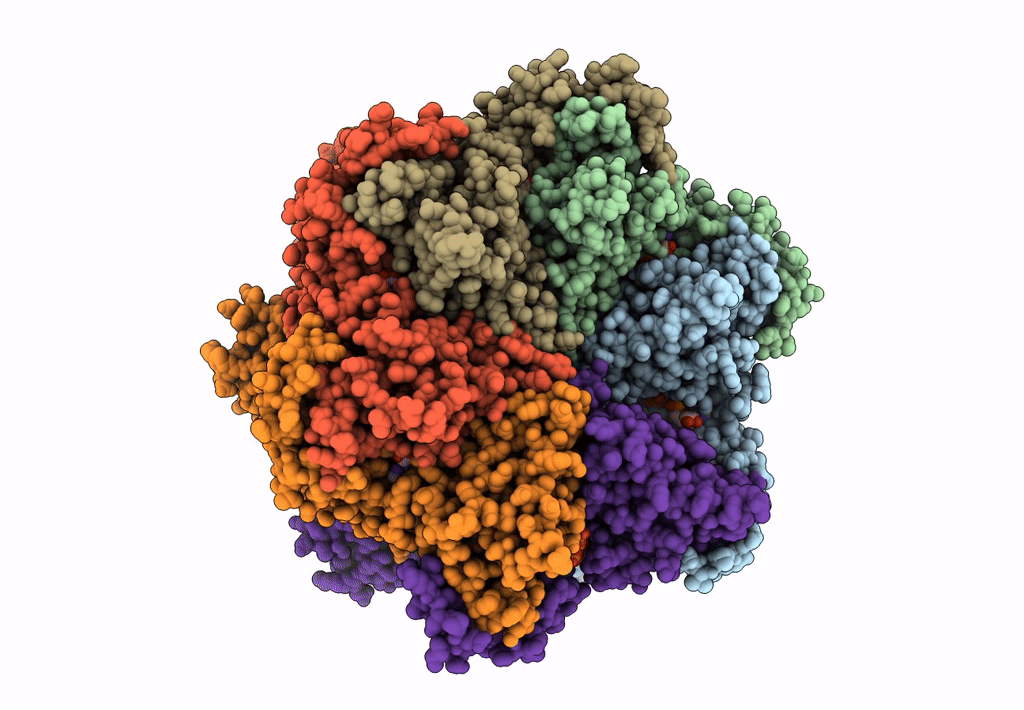
Deposition Date
2018-11-01
Release Date
2019-04-24
Last Version Date
2024-03-27
Entry Detail
Biological Source:
Source Organism:
Cricetulus griseus (Taxon ID: 10029)
Host Organism:
Method Details:
Experimental Method:
Resolution:
3.70 Å
Aggregation State:
PARTICLE
Reconstruction Method:
SINGLE PARTICLE


